A long time ago (2017), in an industry far, far away, an upstart supplement brand named Inspired Nutraceuticals formulated a supplement named Endless. With a subtitle of "Carbohydrate Sports Drink" and a now-discontinued formula loaded with carbs, vitamins, minerals, ergogenics like creatine and betaine, BCAAs, and even a VO2 blend, the product was probably a bit too loaded, if anything.
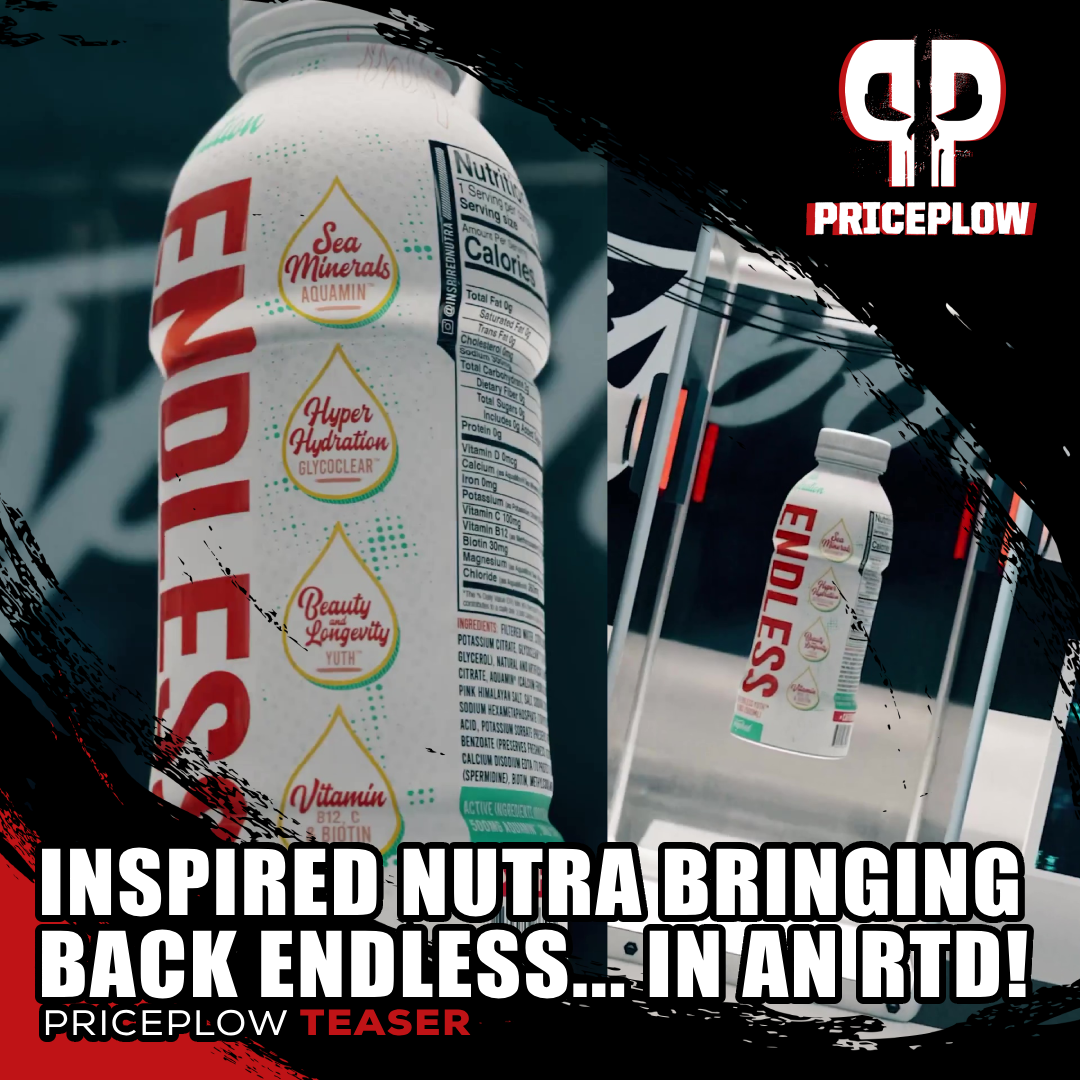
The Inspired Nutraceuticals Endless RTD has an incredible sodium:potassium ratio, a bit of glycerol, and a novel anti-aging add-on in Yuth spermidine!
Well, the resurging Inspired Nutraceuticals, now run by supplement kingpin Landon Suggs (listen to Episode #096 of the PricePlow Podcast), is not coming back with that formula. But they are bringing the name back -- and doing it in RTD form!
They posted a video[1] to Instagram, showcasing their next big beverage innovation to launch alongside the new DVST8 Dark RTD Pre-Workout:
Inspired Nutraceuticals Announces Endless RTD: A novel hydration drink
Teased at the 2023 Mr. Olympia, the Endless RTD is a unique ready-to-drink hydration formula that checks nearly every box we like to see:
A hydration RTD with a great potassium:sodium ratio
For one thing, we have a non-negligible dose of sodium, which is definitely the right move for a sports nutrition brand. Tons of sodium gets eliminated from the body through sweat, so this will be refreshing when you're hot and sweating a lot. But Endless also has a great amount of potassium -- 600 milligrams is definitely more than most, and it sets up an ideal sodium-to-potassium ratio in each serving of Inspired Endless.

Since 2014, Inspired has been coming out with some of the most innovative products on the market to 'fuel what inspires you'.
Additionally, we have lots of magnesium, which is probably the rarest mineral to be properly dosed.
...with some novel anti-aging support as well
And we can't ignore and incredible dose of spermidine -- don't fear the name, it's not that. This is possibly the most interesting thing in this formula, but we'll save a summary for the in-depth discussion to follow.
Let's get into how the ingredients work, but first, check the PricePlow news and deals:
Inspired Nutraceuticals Endless RTD – Deals and Price Drop Alerts
Get Price Alerts
No spam, no scams.
Disclosure: PricePlow relies on pricing from stores with which we have a business relationship. We work hard to keep pricing current, but you may find a better offer.
Posts are sponsored in part by the retailers and/or brands listed on this page.
This area is reserved for Team PricePlow's upcoming videos.
Subscribe to our channel and sign up for notifications so you catch it when it goes live!
Inspired Nutra's Endless RTD Ingredients
In a single 1-bottle serving (500 ml) of Inspired Endless, you get the following:
-
Glycoclear (As 99.7% Pure Glycerol) – 1,000 mg
You may recognize GlycoClear from Inspired Nutra's FSU Serum, another glycerol-based supplement that's meant to be taken one shot at a time to improve pumps and hyperhydration when training. Endless RTD is meant as a hydration beverage.
Glycerol, sometimes referred to as glycerin, is a polyol alcohol compound with an affinity for water. Once glycerol has permeated your body's tissues and fluids, this affinity draws water into your blood, plasma, and muscle tissue,[2,3] which results in an increase of total bodily water retention.
This isn't a massive dose like we have in FSU Serum, so take the following with a grain of salt -- Endless RTD's liquid base is mostly filtered water -- but let's recap what higher-doses of glycerol can do for you.
High-Dose Glycerol: The Hyperhydration Play
Studies on glycerol tend to emphasize its role in prolonging aerobic endurance, as demonstrated by one study that showed that cyclists' exercise time to exhaustion was substantially lengthened by glycerol administration.[4] Glycerol does have a very small calorie content, but that's not really a factor in its endurance-boosting effect – research has shown that the combination of glycerol, water, and carbohydrates outperforms water with only carbohydrates.[4]
Another study found that 20 days of glycerol supplementation can enhance anaerobic power,[5] so while hydration is arguably most important for endurance sports, its application is by no means limited to that domain.
Glycerol can improve circulation and reduce cardiovascular strain.[6]
One really cool thing about glycerol is that even if you're drinking tons of fluids to stay hydrated, you'll probably go to the bathroom less frequently than usual – that's because the glycerol-driven increase in bodily water capacity decreases your body's need to eliminate excess fluid.[7,8]
Glycerol is really good for helping one tolerate high temperatures, as it can protect cells from heat shock.[6,7]
Again, just a gram here isn't going to move endurance mountains -- if you want to do that, then check out FSU Serum. But we love seeing some glycerol added to a hydration supplement -- all the better that it's 99.7% yield!
-
Aquamin (Calcium From Calcified Red Algae) – 500 mg
Also launched at the same time: Inspired Nutra's DVST8 Dark RTD comes at a huge 400 milligrams of caffeine and is the first pre-workout drink we've seen with nitrates for epic pumps!
Aquamin is a blend of exceptionally bioavailable electrolyte minerals sourced from seaweed (specifically red algae). The minerals in Aquamin are conjugated with organic acids for increased water solubility and, hence, absorption by the body.
The most abundant electrolyte in Aquamin's blend is calcium, but it also contains a good quantity of magnesium,[9] which is crucial for all kinds of metabolic processes including glycemic control and stress hormone balancing.[10,11]
Other minerals in Aquamin include trace minerals like manganese and boron, which are good for joint health and androgen optimization[12,13] – enough to support bone and joint health, as seen in some research studies that actually used Aquamin as their experimental treatment.[9,14]
-
Yuth (Spermidine) – 3 mg
Spermidine is a polyamine, defined as an organic compound consisting of two or more different aminos.
Animal research indicates that spermidine can induce autophagy.[15] Autophagy is a cellular process of self-renewal whose name is derived from the Greek word for "self-eating."
Unlocking autophagy without a prolonged fast
In autophagy, your cells break down damaged or malfunctioning cellular components and replace them with new, healthy components. Autophagy plays an indispensable role in maintaining cellular health and homeostasis by eliminating waste, preventing the accumulation of detrimental substances, and supplying cells with essential nutrients during periods of acute stress, such as starvation.[10]
Can spermidine supplementation support more hair growth and reduced hair loss? Research from the trifecta of human, in vitro, and animal research all indicate yes!
If the cell itself is damaged beyond salvage, autophagy can cause apoptosis, the programmed self-destruction of that cell.[10] This mechanism is your body's frontline defense against the uncontrollable replication of mutant cells, which, as we all know, can cause major health problems if left unchecked.
As the body's ability to create its own polyamines naturally declines with age, so too does its rate of autophagy.[14]
The accumulation of senescent cellular material seems to be a major driver of the aging process,[11,16] so if we want to stay healthy, we may wish to consider increasing autophagy by supplying our bodies with exogenous polyamines. Polyamines are present at high concentrations in growing tissues,[12,13] suggesting that spermidine may play a role in tissue regeneration.
As far as we know, there haven't been any longitudinal human studies on spermidine yet, but in vitro and in vivo research alike has demonstrated that spermidine can extend the lifespan of lower organisms like yeast, flies, worms, and even human immune cells.[9]
Possibly the coolest spermidine benefit of all? Hair growth!
We even recently covered additional research showing how spermidine can improve hair growth, so give a big shout out to Landon, Kayla, and the team at Inspired for supporting your follicular health -- possibly without even meaning to!
-
Vitamin C – 100 mg (110% DV)
VItamin C is famed for its antioxidant properties.[17,18] During physical exertion, vitamin C's ability to fight oxidative stress can mitigate muscle damage while decreasing the extent of muscular soreness felt afterwards.[19,20]
Vitamin C can also help facilitate nitric oxide synthesis,[21] which is important for cardiovascular efficiency. Research has shown that vitamin C deficiency can impair athletic performance, and that vitamin C supplementation reverses the impairment.[22]
If you're on a calorie cut, you may be interested to learn that one study on dieters found that vitamin C supplementation decreased perceived exertion during exercise.[23]
Vitamin C plays a role in long-term stress management as well. The adrenal cortex, which is responsible for synthesizing stress hormones like cortisol, has one of the highest vitamin C concentrations of any tissue in the human body,[24] and will actually secrete vitamin C during stress.[25] If the stress is chronic, then unless that vitamin C is replaced, vitamin C deficiency could result.
Synergy with nearly every other Inspired Nutra pre-workout!
Meanwhile, if you're using the nitrate-based pre-workouts from Inspired (stim-based DVST8 Global and DVST8 Dark RTD or stim-free FSU Dyehard and FSU Serum), you'll be happy to know that vitamin C synergizes with nitrates by reducing tolerance to them![26]
-
Vitamin B12 (as Methylcobalamin) – 3 mcg (120% DV)
Methylcobalamin is a type of vitamin B12 bound to methyl groups. We like seeing this form of B12 used instead of the cheaper cyanocobalamin because the methylcobalamin molecule can donate methyl groups to cells that need methyls to carry out various metabolic processes.[27]
B12 is necessary for the synthesis of red blood cells, and B12 deficiency can cause megaloblastic anemia—[28,29] a type of anemia in which red blood cells grow in size but drop in number, which leads to a decrease in aerobic capacity.
Evidence is mixed on the vitamin's ability to increase energy levels in people without a B12 deficiency. However, even slight deficiencies can result in fatigue,[30] so B12 deficiency is something to be avoided.
-
Biotin – 30 mg (100% DV)
Biotin (vitamin B7) is best-known in the context of promoting hair, skin and nails growth, since biotin deficiency has been implicated in conditions like dermatitis[31] and balding.[32,33]
It's also important for metabolic health, as this vitamin governs secretion of insulin in the body.[34] In fact, preliminary animal research suggests biotin supplementation can significantly improve type 2 diabetes symptoms.[35]
Mild biotin deficiency is pretty common, particularly in pregnancy,[36] but it can increase the risk of birth defects.
-
Magnesium (from Magnesium Citrate) – 125 mg (30% DV)
One thing we love about Inspired Endless is the significant magnesium content, which goes above what we see in most other hydration supplements. As we mentioned earlier, magnesium is an electrolyte mineral. Since it is, like all electrolytes, water-soluble, your body loses a lot of magnesium in sweat.
As if that weren't concerning enough, magnesium deficiency is a burgeoning public health issue – because of soil-depleting agricultural practices, magnesium levels in food have been dropping for over a century.
Peer-reviewed research indicates that correcting even a mild magnesium deficiency can improve:
- Blood pressure[37-40]
- HbA1c and blood glucose[15,37,41]
- Insulin production[15,37,42]
- Insulin sensitivity[15,37,41,43]
- Type 2 diabetes risk[44-46]
- Bone mineral density[47]
- PMS symptoms[48-51]
- Lactic acid disposal[52]
- Muscle gains[53]
- C-reactive protein level and effects[53,54]
- Systemic inflammation[53-55]
- Exercise-induced muscle damage[56]
- Migraine symptoms and frequency[57-59]
Needless to say, magnesium is a true superstar and we're pretty impressed that a single serving of Inspired Endless contains 30% the daily value of this crucial mineral. We rarely see that much in powder supplements, let alone ready-to-drink stuff.
-
Potassium (from Potassium Citrate) – 600 mg (15% DV)
Potassium is another shortfall nutrient – most Americans aren't getting enough of it.[60]
It plays a key role in cardiovascular health,[60] thanks to its antagonistic interactions with sodium. Studies have consistently demonstrated that the potassium-to-sodium ratio plays a much bigger role cardiovascular disease risk than absolute sodium intake.[61,62]
Increased potassium intake can also help promote calcium retention, aiding in hydration and, potentially, bone mineralization.[26,63]
This is a phenomenal dose, so while we're talking about the synergy with Inspired's nitrate-based pre-workouts thanks to Endless RTD's vitamin C, we should also mention that potassium is critically important for vasodilation,[63-65] helping to improve blood flow and muscle pumps in the gym!
That same vasodilation mechanism is why increasing potassium works better than reducing sodium (which is tough to safely reduce due to its need) in terms of improving blood pressure.[66-70]
Long story short: find a way to get potassium in. It's tough to do with diet, but Endless RTD goes big on this, and this ingredient alone makes it more worthwhile than nearly every other sports drink and hydration supplement we've seen.
-
Sodium (From Himalayan Pink Salt) – 300 mg (13% DV)
Although sodium gets a bad rap for its role in the development of cardiovascular disease, the real issue, as we mentioned earlier, appears to be the intake ratio of potassium to sodium. More specifically, a 2-to-1 ratio — 2 milligrams potassium for every 1 milligram sodium — seems to promote optimal cardiovascular health.[60]
And, as you can see, Endless RTD achieves this exact ratio with 600 milligrams of potassium and 300 milligrams of sodium per serving. Bravo, Inspired Nutra.
A healthy dose of sodium is essential for any serious hydration supplement, since sodium is the primary electrolyte we lose during sweating. Per liter of sweat, your body loses approximately 0.9 grams of sodium. The next biggest loss is potassium, at 0.2 grams.[61]
You should always discuss any health conditions you have with your doctor, but it is interesting to note that cardiovascular disease risk increases with sodium intakes greater than 5 grams per day, but also less than 3 grams per day. In other words, the population average ideal sodium intake appears to be between 3 and 5 grams per day.[62]
And if you're an athlete, we always have to recommend reading "The Importance of Salt in the Athlete's Diet".[71] Don't fear the salt, but do work to keep the potassium high as well.
Flavors Available
Conclusion: Inspired is on a hot streak and we're loving it
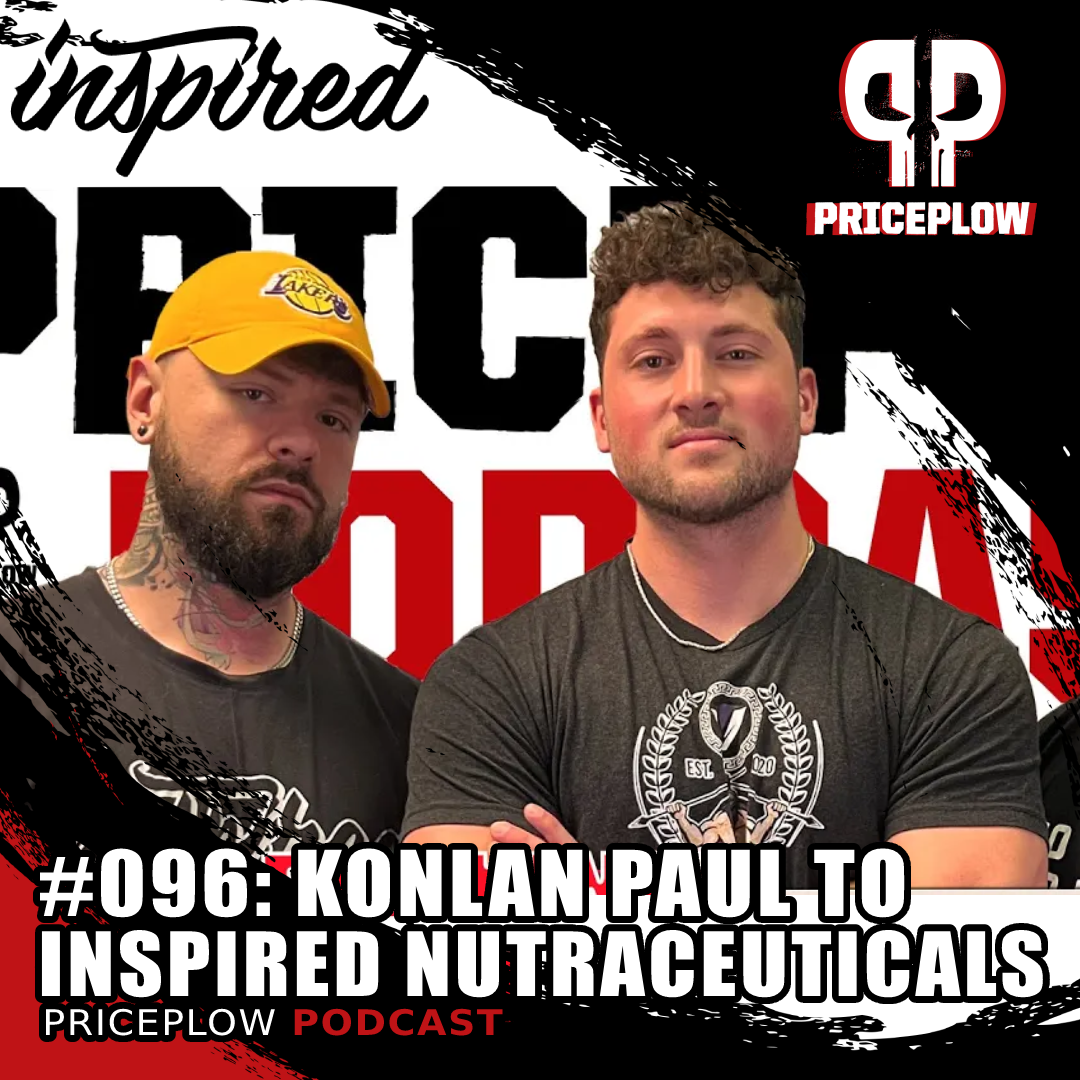
Konlan James Paul of V1 Nutra and Landon Suggs of Inspired Nutraceuticals join the PricePlow Podcast for Episode #096 to talk about KJ Paul's new role at Inspired!
If you can't tell, we're loving Inspired's new direction. The brand is all about product over profit -- the company's ethos favors reinvestment into making products better. That commitment to craftsmanship definitely shows in the products launched on Black Friday 2023 -- Inspired's Endless RTD and DVST8 Dark RTD. The core of this ready-to-drink hydration formula consists of the usual standby ingredients like sodium, potassium, and glycerol. But there's great attention to detail in the way these ingredients are used.
Endless RTD simply takes the traditional hydration formula one evolutionary step further. With anti-stress and regenerative ingredients like vitamin C and spermidine, Endless is a ready-to-drink product that can not only help restore your performance and sense of well-being, but maybe even increase them above baseline. But the added ingredients like spermidine take it to a novel, better level.
And if nothing else, the sodium and potassium blend alongside water and glycerol on their own make it a great drink.
Just like with the DVST8 Dark RTD launch... color us impressed. Landon Suggs and Kayla Rossi have Inspired firing on all cylinders.
Inspired Nutraceuticals Endless RTD – Deals and Price Drop Alerts
Get Price Alerts
No spam, no scams.
Disclosure: PricePlow relies on pricing from stores with which we have a business relationship. We work hard to keep pricing current, but you may find a better offer.
Posts are sponsored in part by the retailers and/or brands listed on this page.

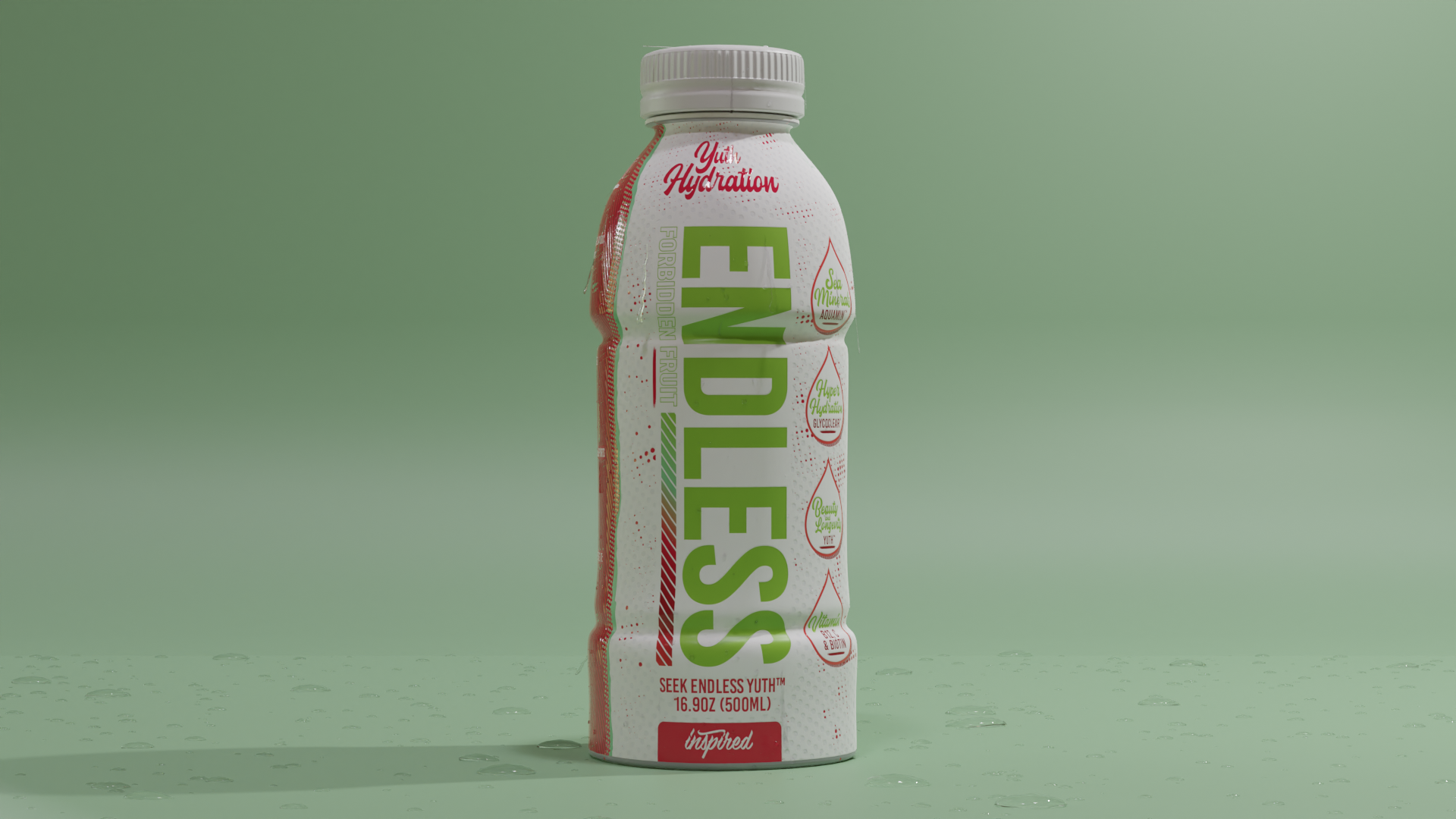
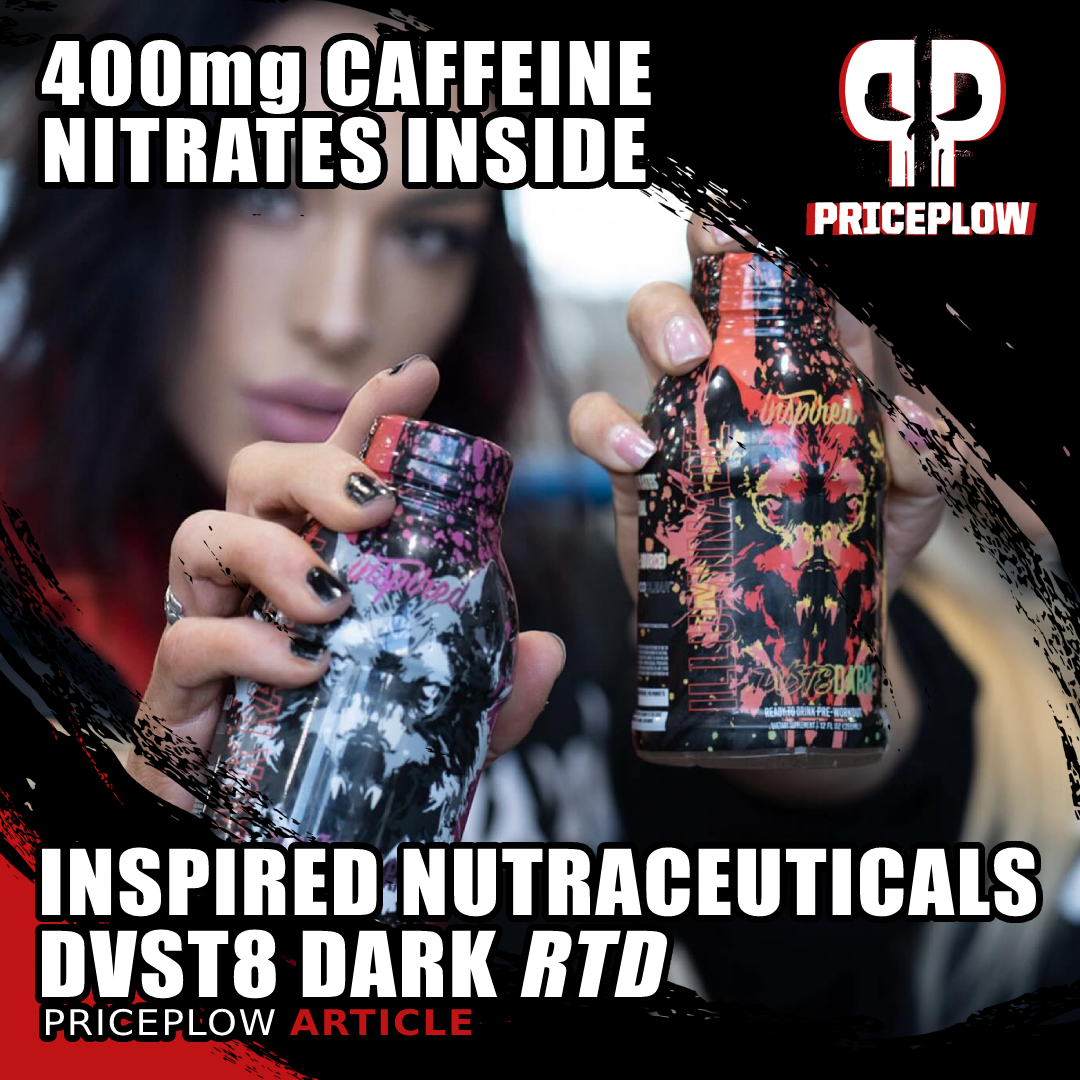
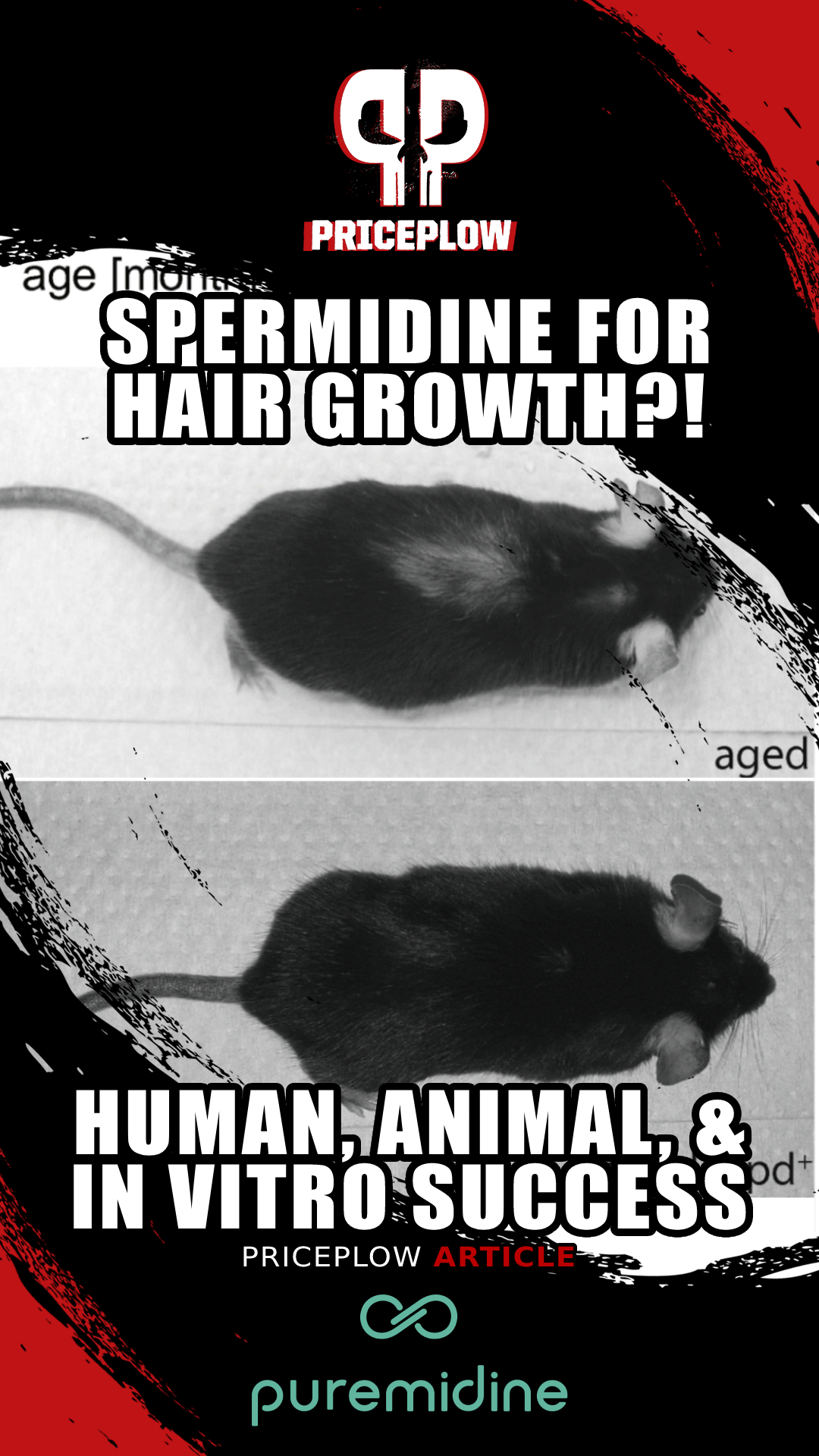
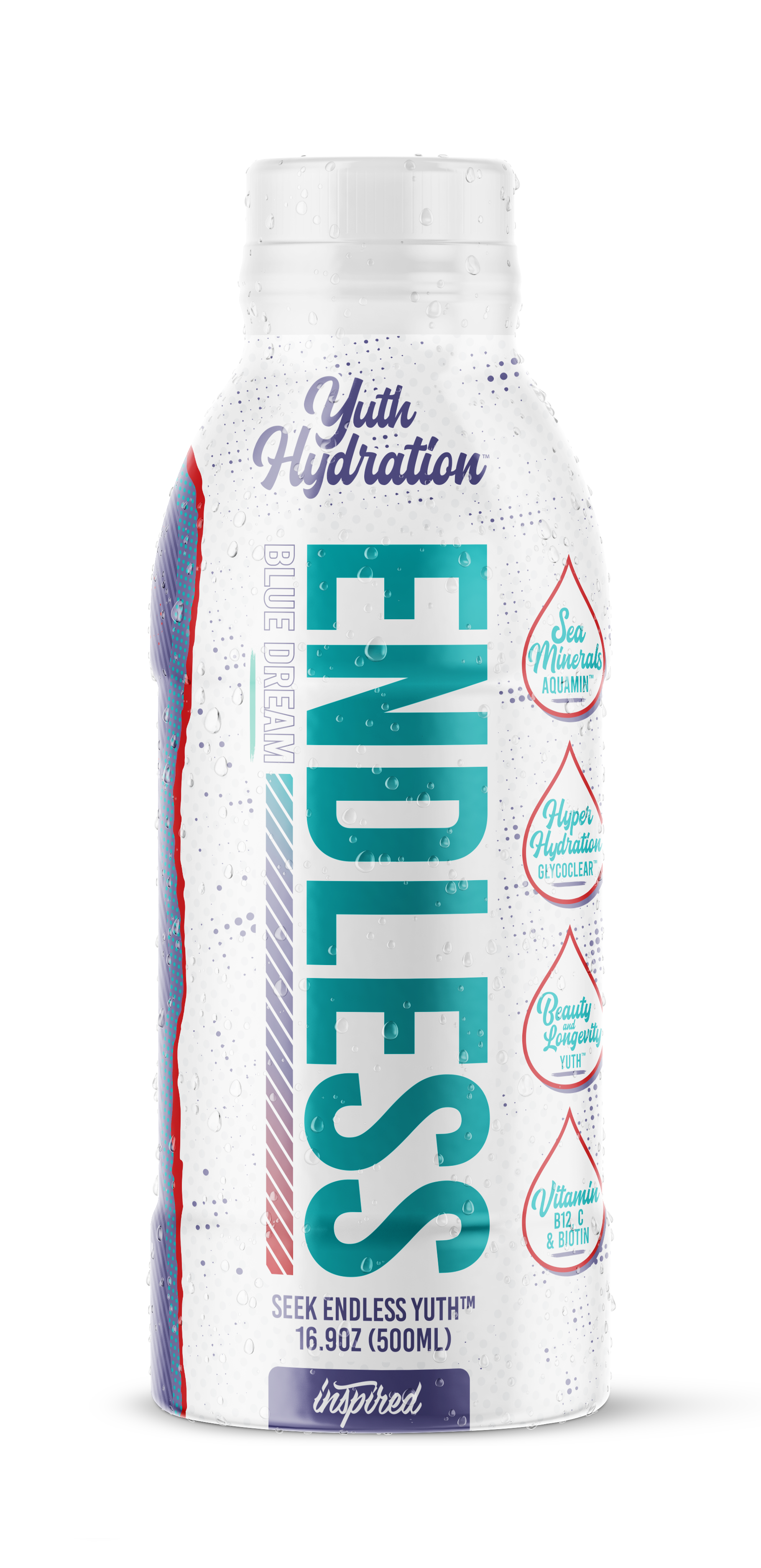
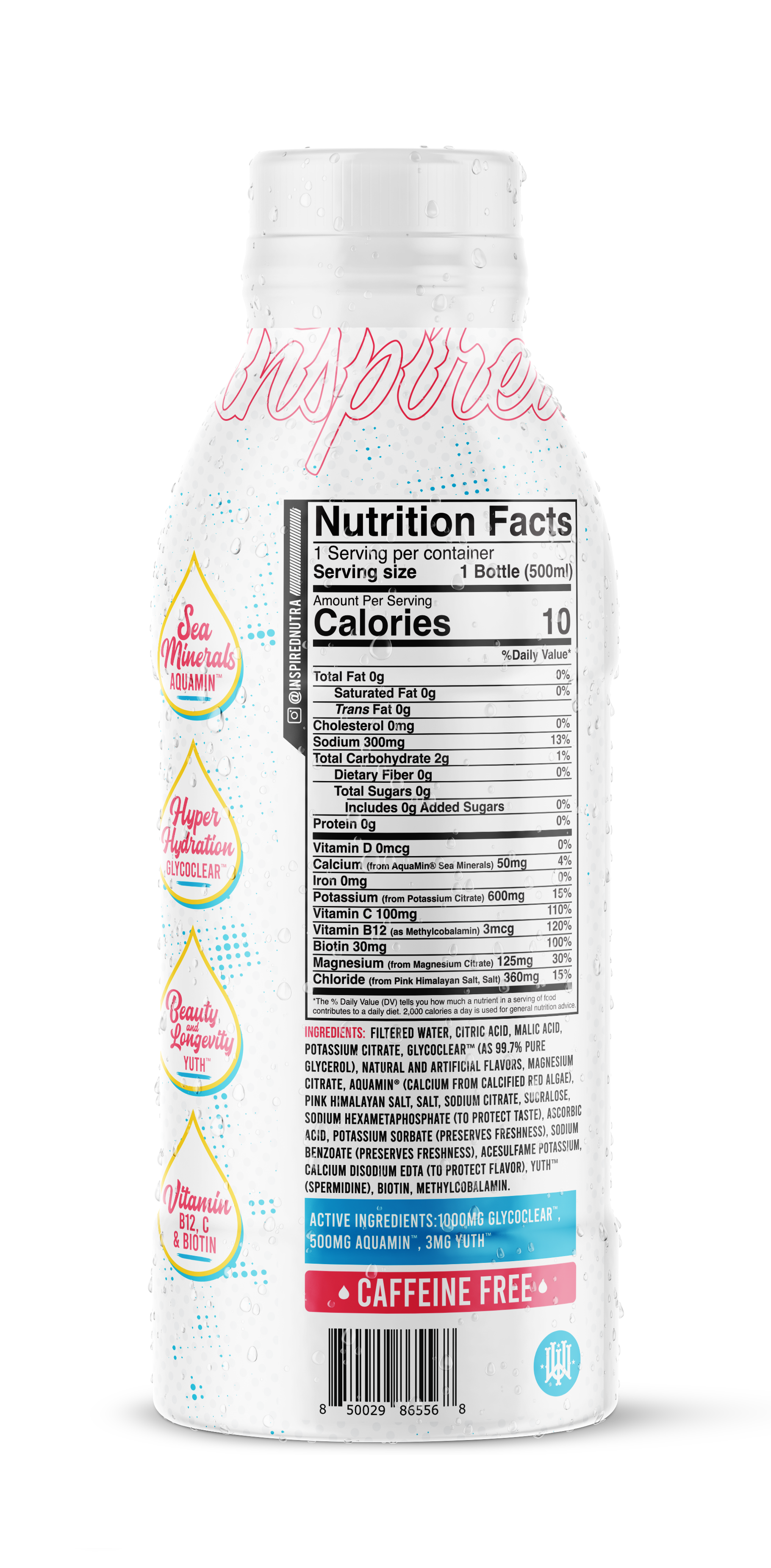
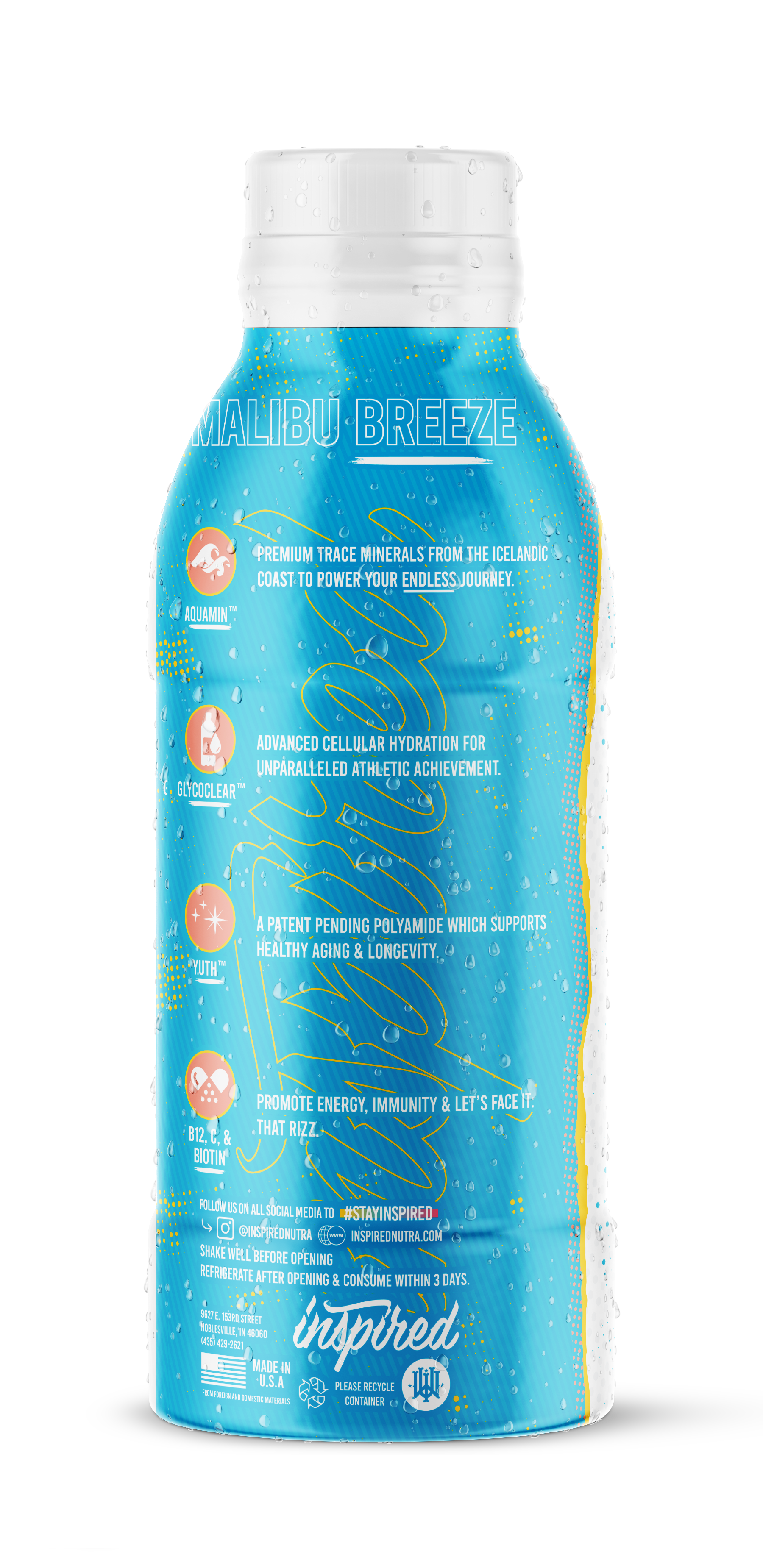
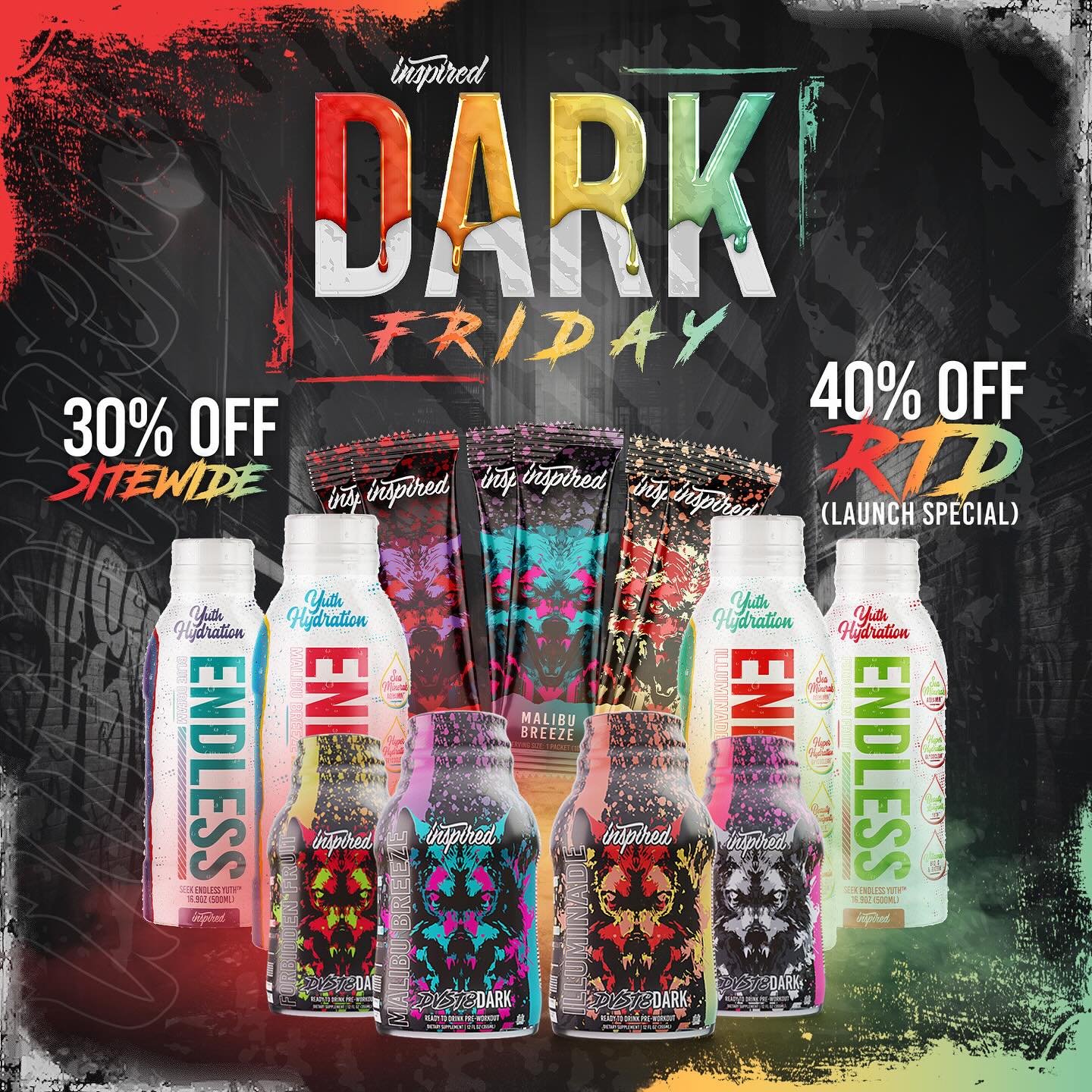
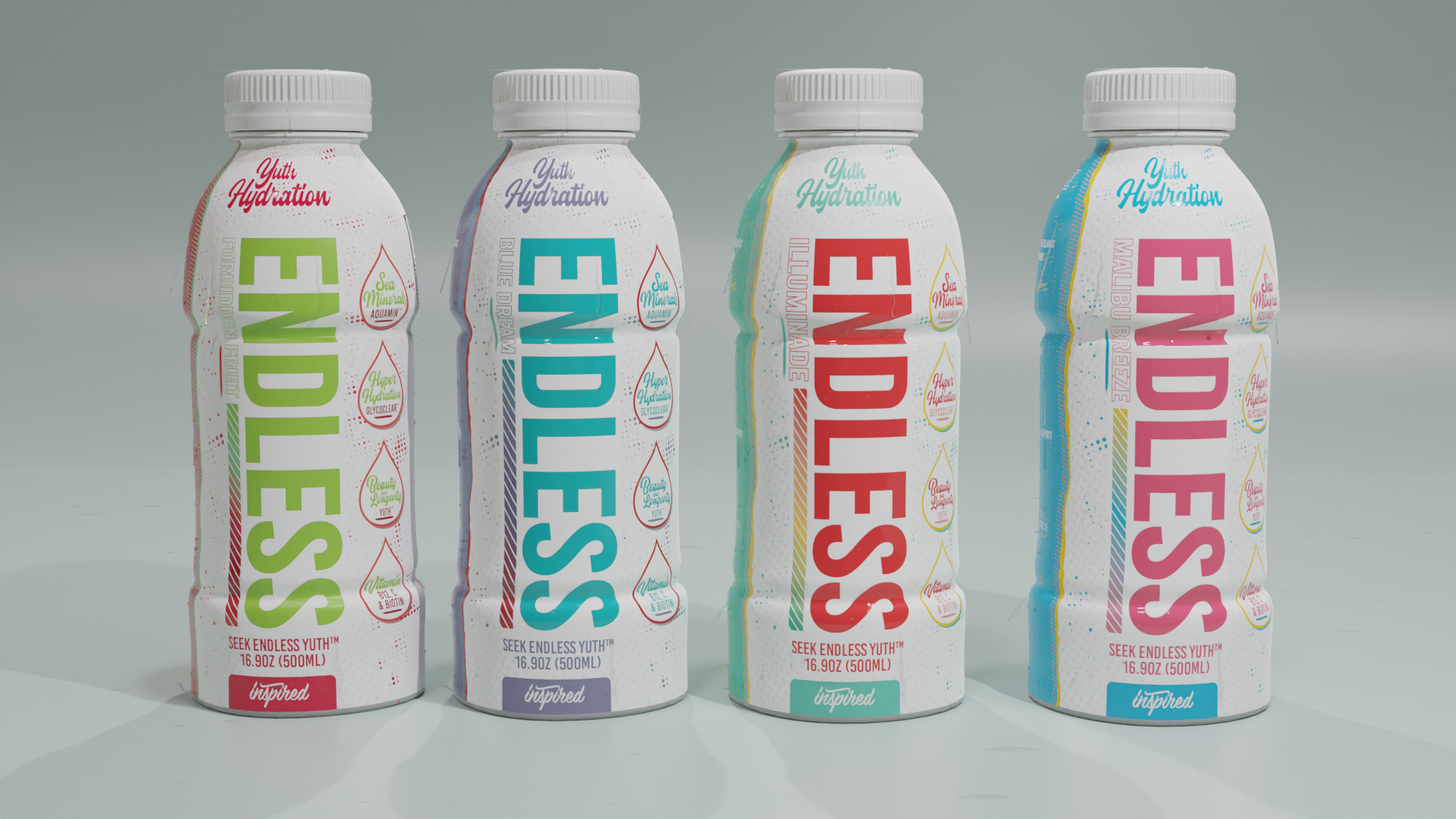


Comments and Discussion (Powered by the PricePlow Forum)